Frequently Asked Questions
1. What materials are commonly used in pocket knives?
2. How does the sourcing of materials affect knife sustainability?
3. What are some sustainable wood options for knife handles?
4. What types of metals are considered sustainable for pocket knives?
5. What are the environmental concerns related to plastic in knife-making?
As the world becomes more conscious of environmental issues, the knife-making industry is also evolving. Sustainable practices are at the forefront of discussions, particularly when it comes to materials used in crafting pocket knives. Whether you’re looking to purchase your first knife or add to your collection, understanding the sustainability of knife materials is essential. In this post, we will explore the various materials commonly used in pocket knives, their environmental impact, and what to consider when selecting a sustainable option.
Understanding Sustainability in Knife Materials
Sustainability refers to the ability to maintain ecological balance while meeting present needs without compromising future generations' ability to meet theirs. In the context of pocket knives, this means considering how materials are sourced, processed, and disposed of. Here's a deeper dive into what makes knife materials sustainable.
Natural vs. Synthetic Materials
The first consideration in the sustainability of knife materials is whether they are natural or synthetic. Natural materials like wood, bone, and even certain metals come from renewable sources, while synthetic materials, such as plastics, often rely on petroleum products. Understanding these categories can help you make informed decisions about which pocket knives to choose.
Wood: A Renewable Resource
Many pocket knives feature handles made from wood, which is a favorite choice among traditionalists. Wood, when sourced responsibly, is a renewable resource that is biodegradable and aesthetically pleasing.
Choosing Sustainable Woods
When choosing a knife with a wooden handle, consider the following sustainable options:
- Bamboo: Fast-growing and highly renewable.
- Cork: Harvested from the bark of cork oak trees without harming the tree.
- Reclaimed Wood: Repurposed wood from other projects, which reduces waste.
Metals: Durability Meets Longevity
The blade of a pocket knife is primarily crafted from metal, which can be sourced sustainably. Stainless steel, for example, is a popular choice due to its resistance to corrosion and durability. However, the production process and the source of the metal have significant implications for sustainability.
Which Metals Are Considered Sustainable?
Here are some sustainable metal options for pocket knives:
- Recycled Steel: Reduces the need for new mining operations and decreases environmental impact.
- High Carbon Steels: Often have a lower environmental footprint due to their smaller manufacturing processes.
Plastic: A Double-Edged Sword
While many modern pocket knives use plastic components for handles or other parts, the environmental implications are complex. Plastics can be durable and lightweight, but they often derive from non-renewable resources and can take centuries to decompose.
Alternative Sustainable Plastics
To mitigate the environmental effects of traditional plastic, look for:
- Biodegradable Plastics: Made from renewable resources that break down more quickly than conventional plastics.
- Recycled Plastics: Using plastic from post-consumer waste helps cut down on new plastic production.
The Role of Manufacturing Practices
The materials used in knife-making are just part of the sustainability equation. Manufacturing practices play a vital role






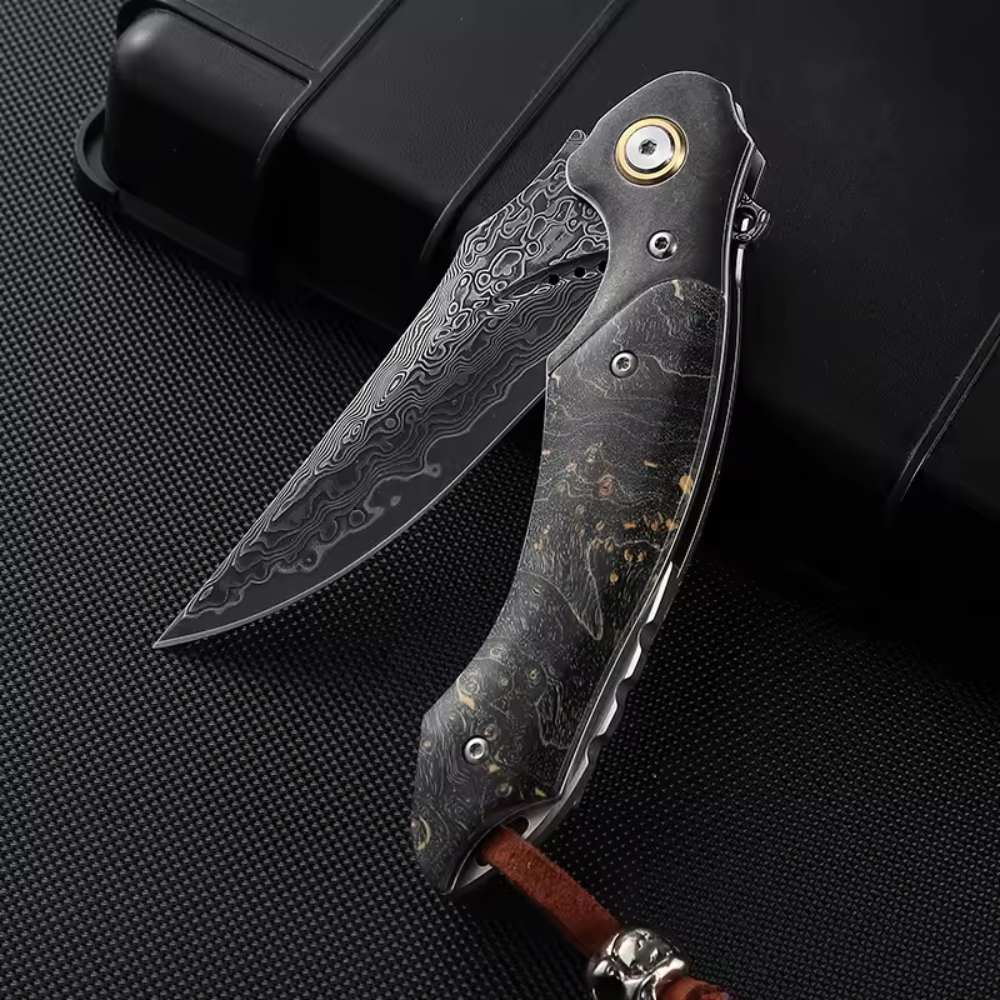
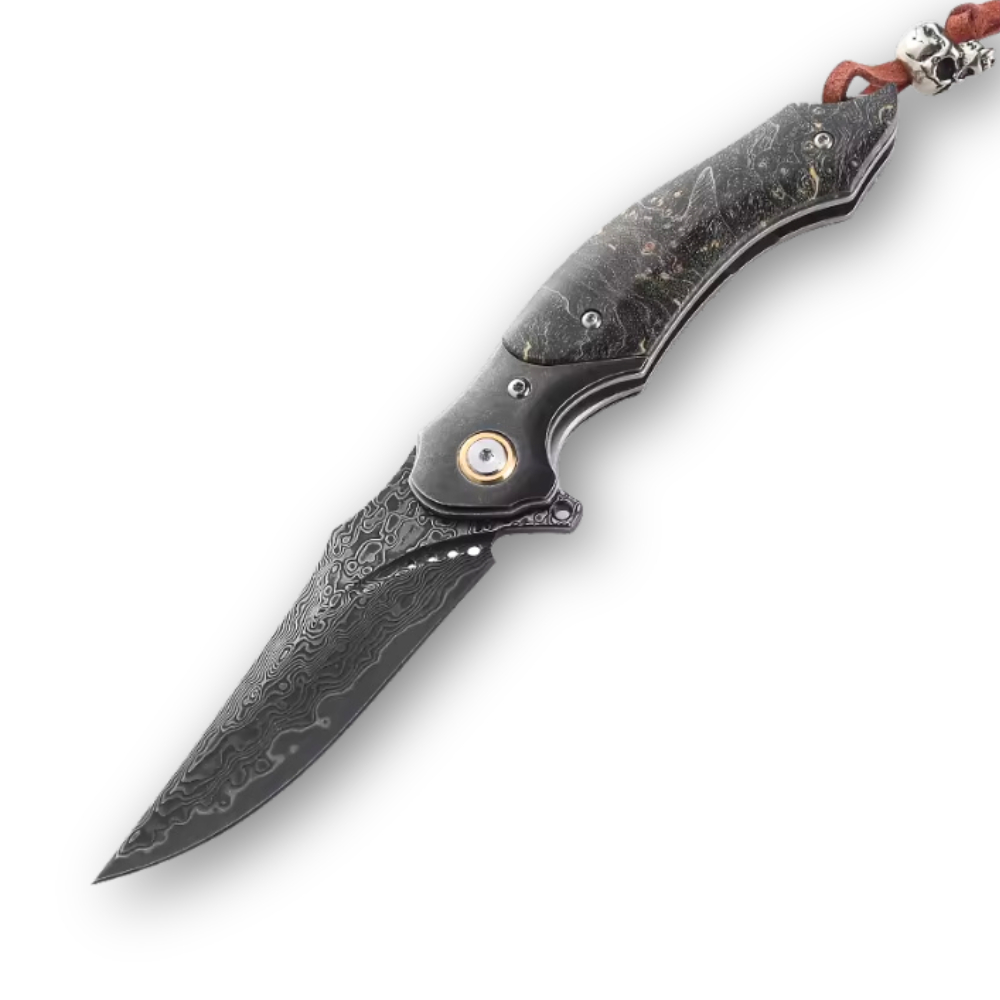
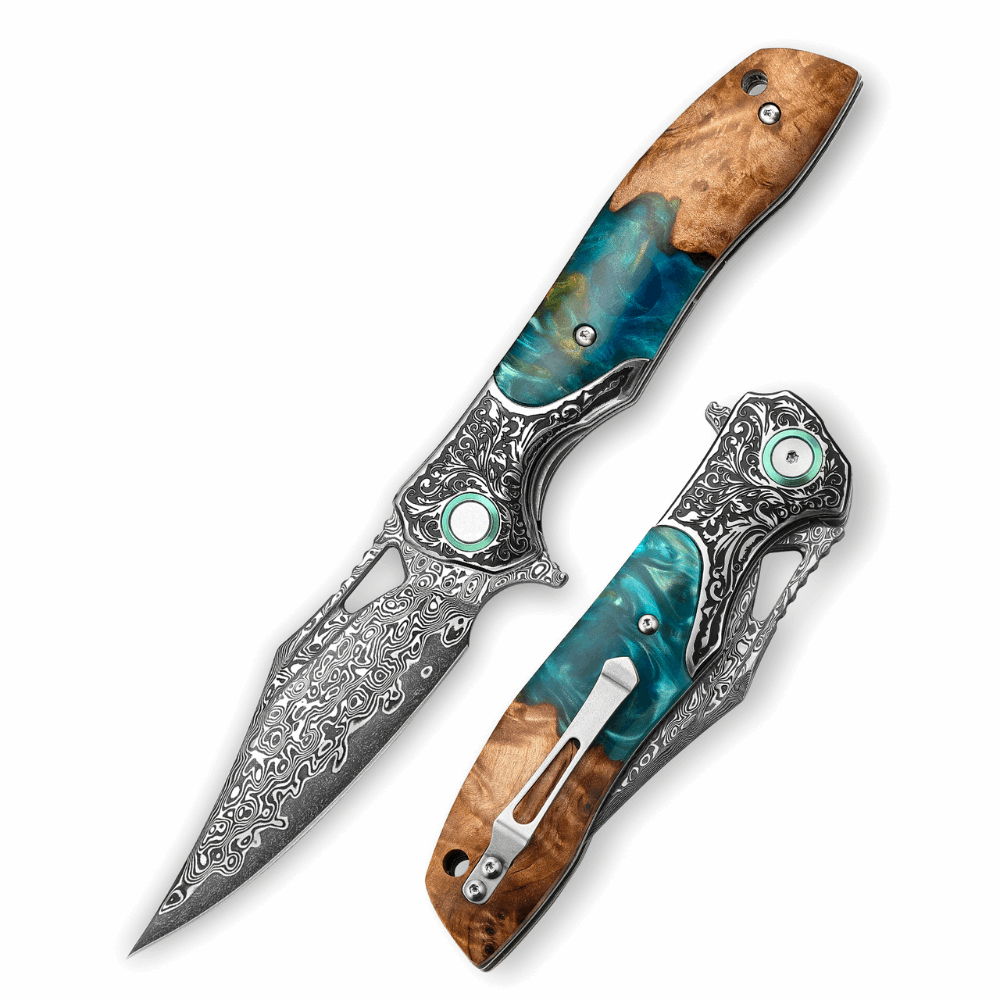
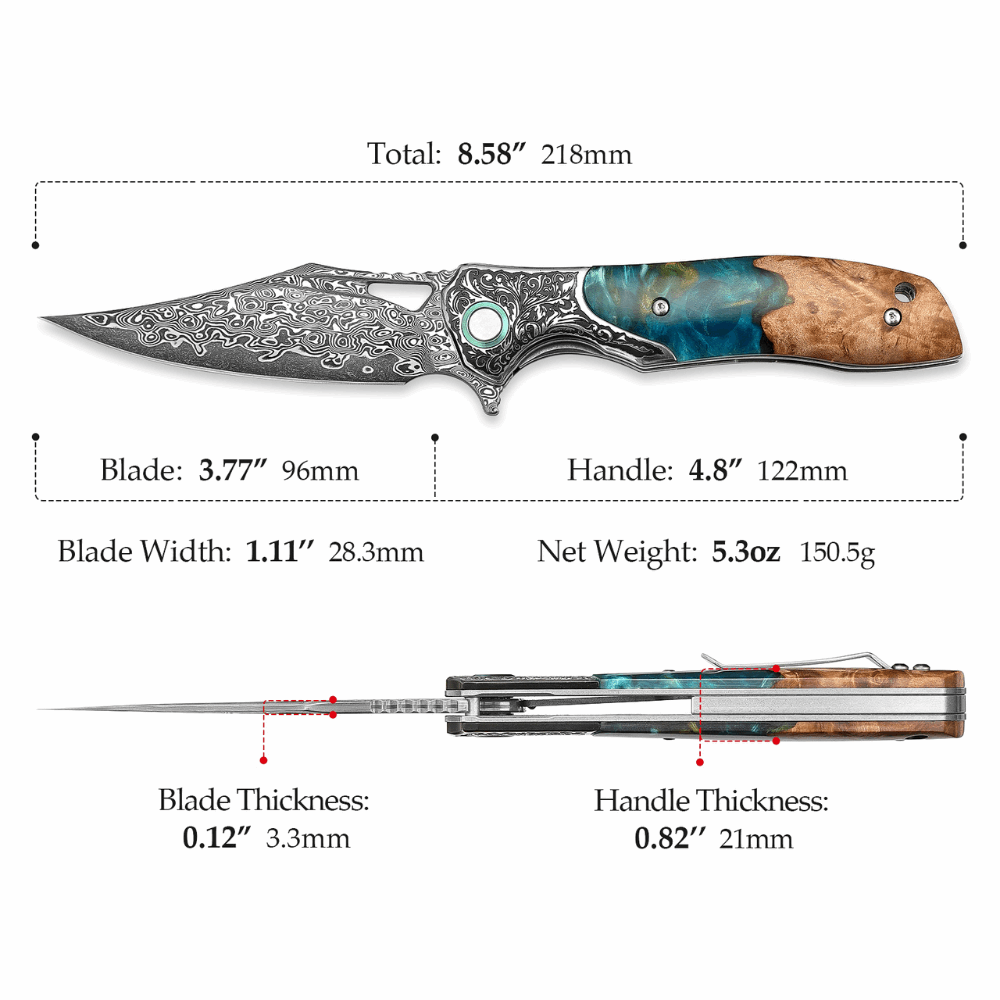
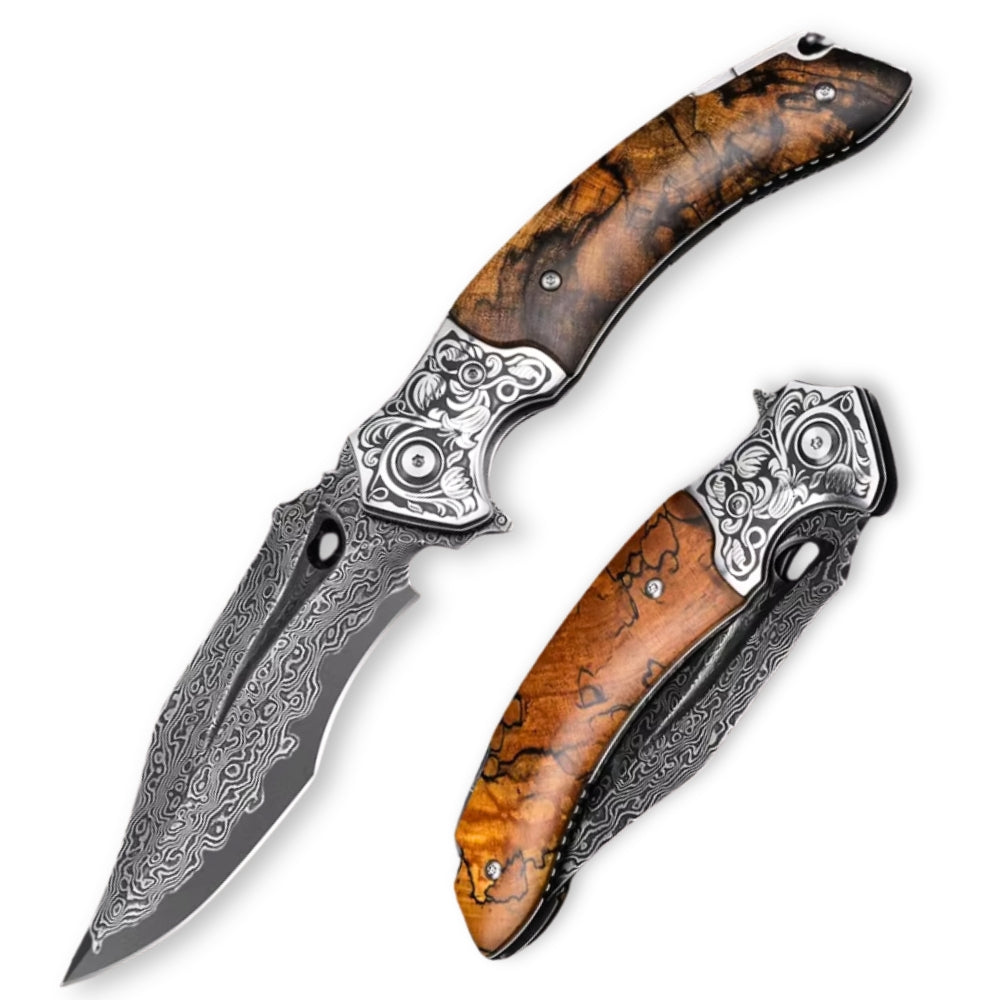
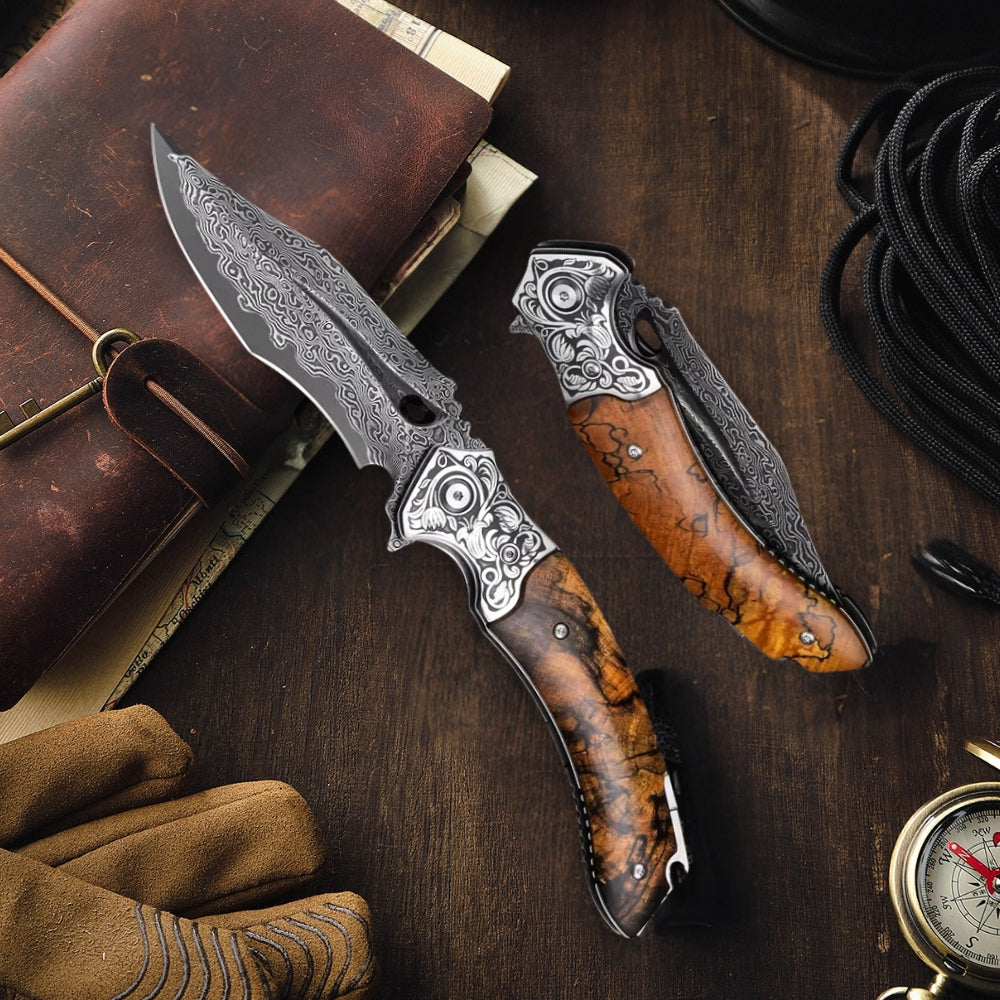
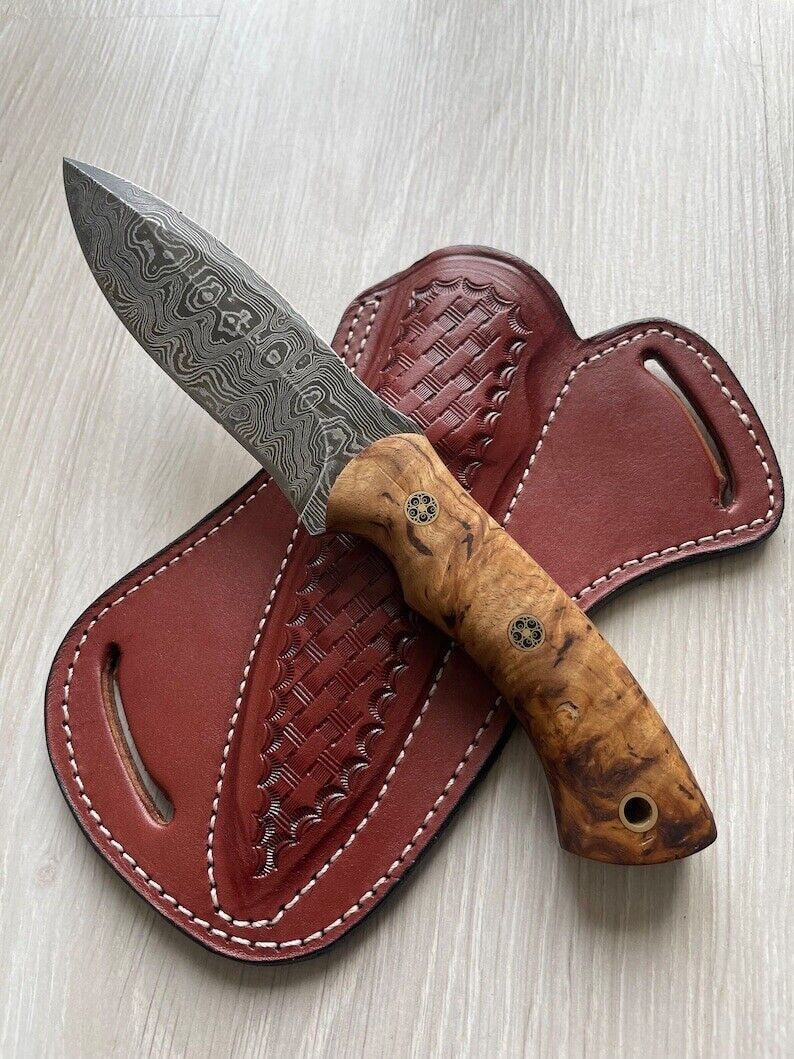
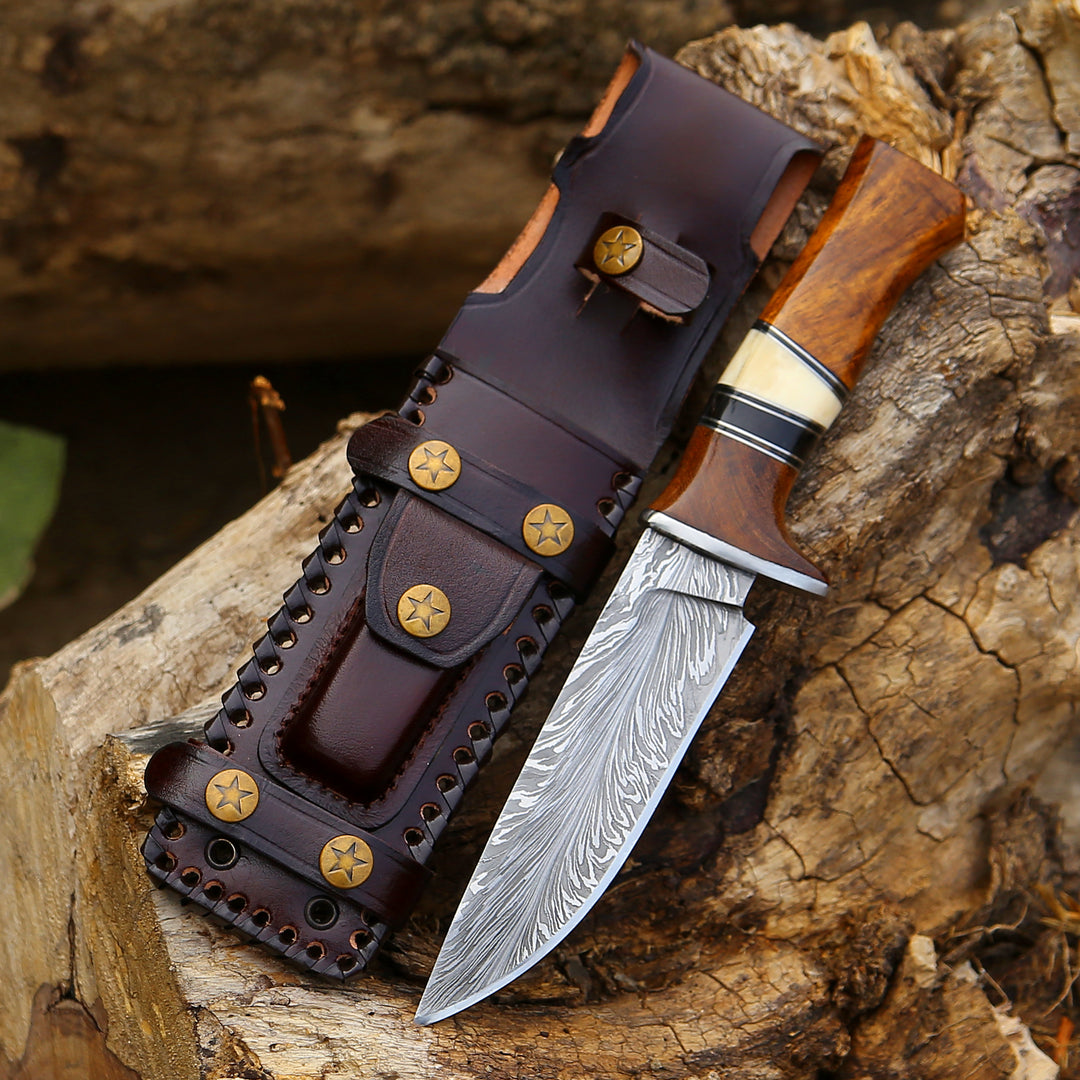
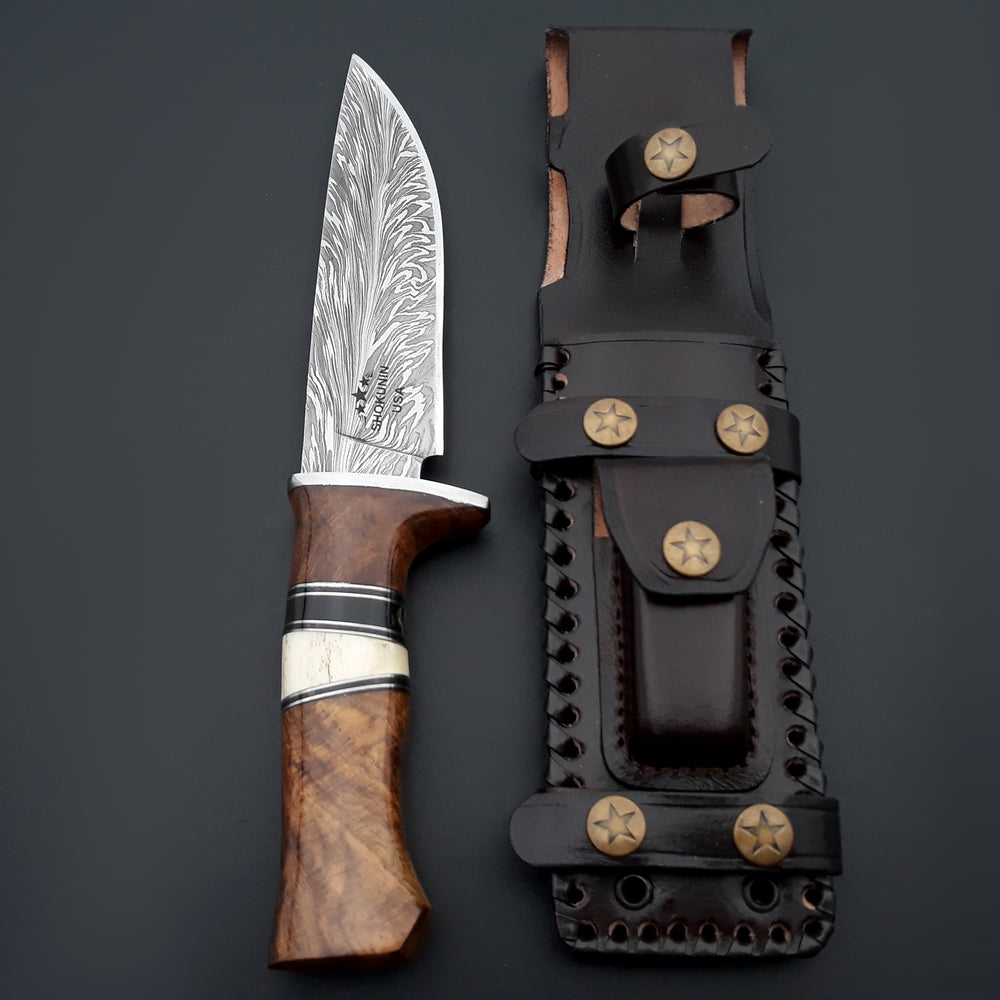
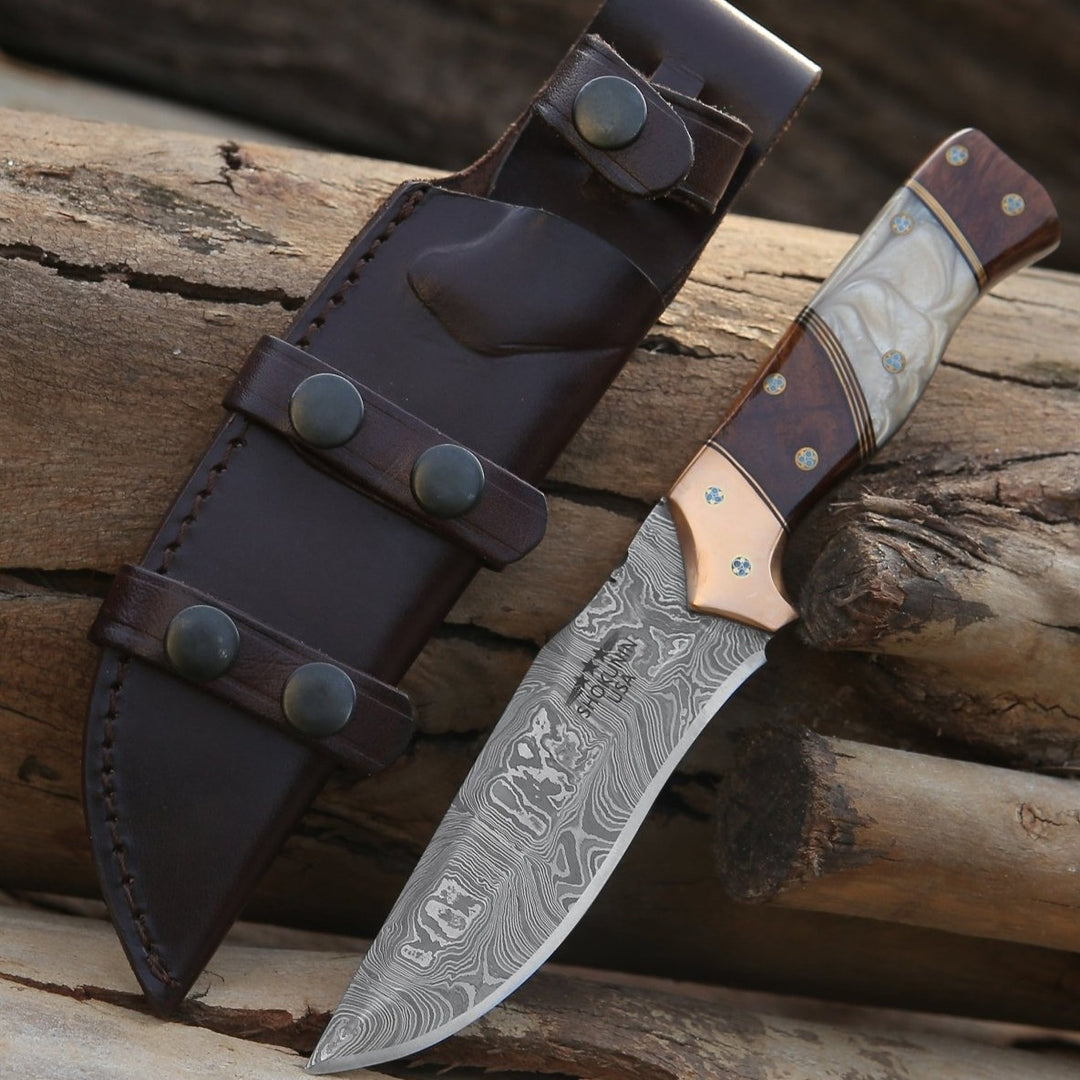
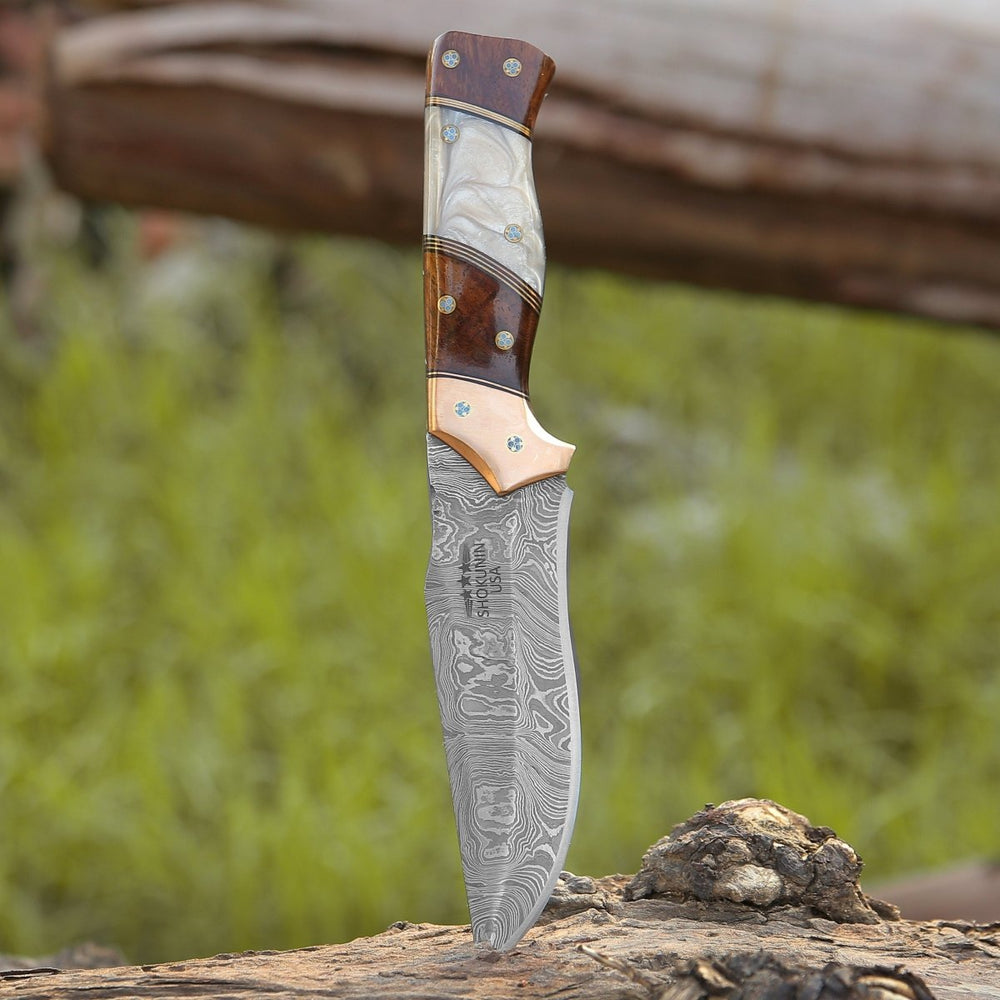
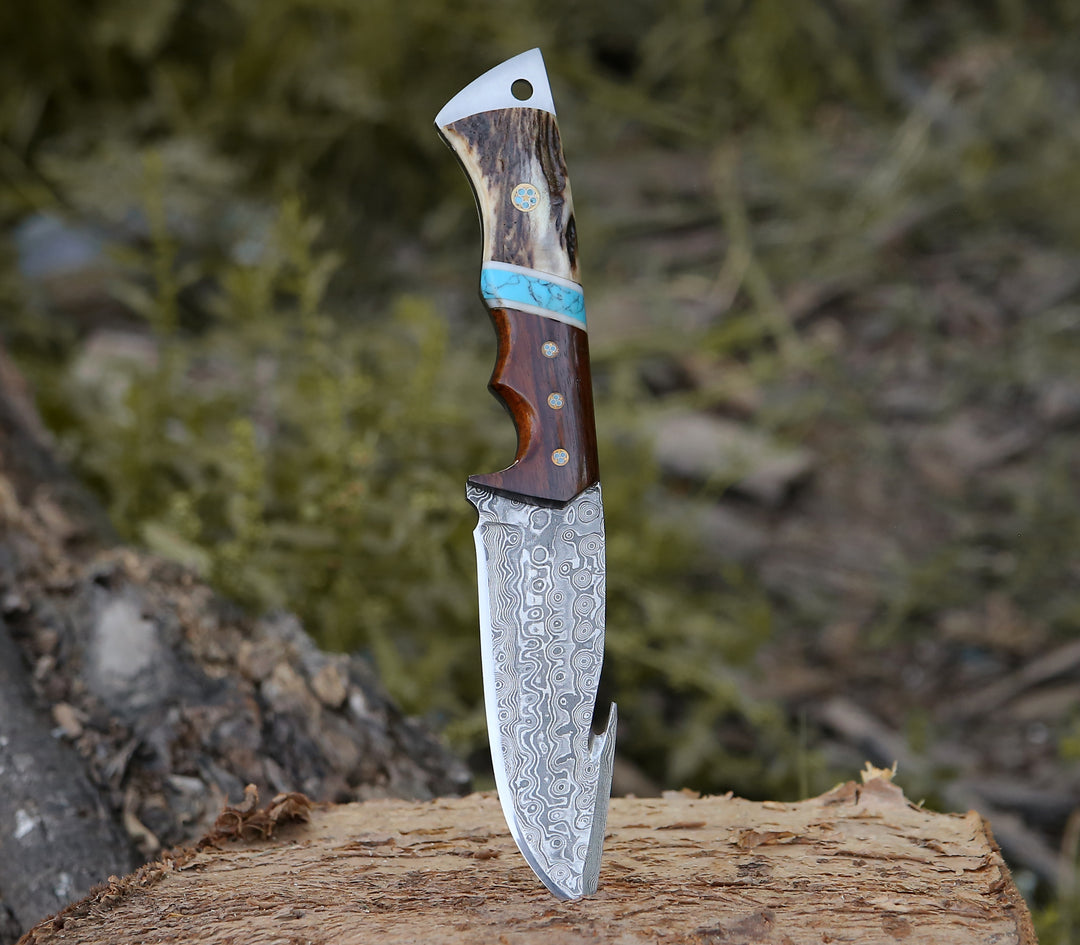
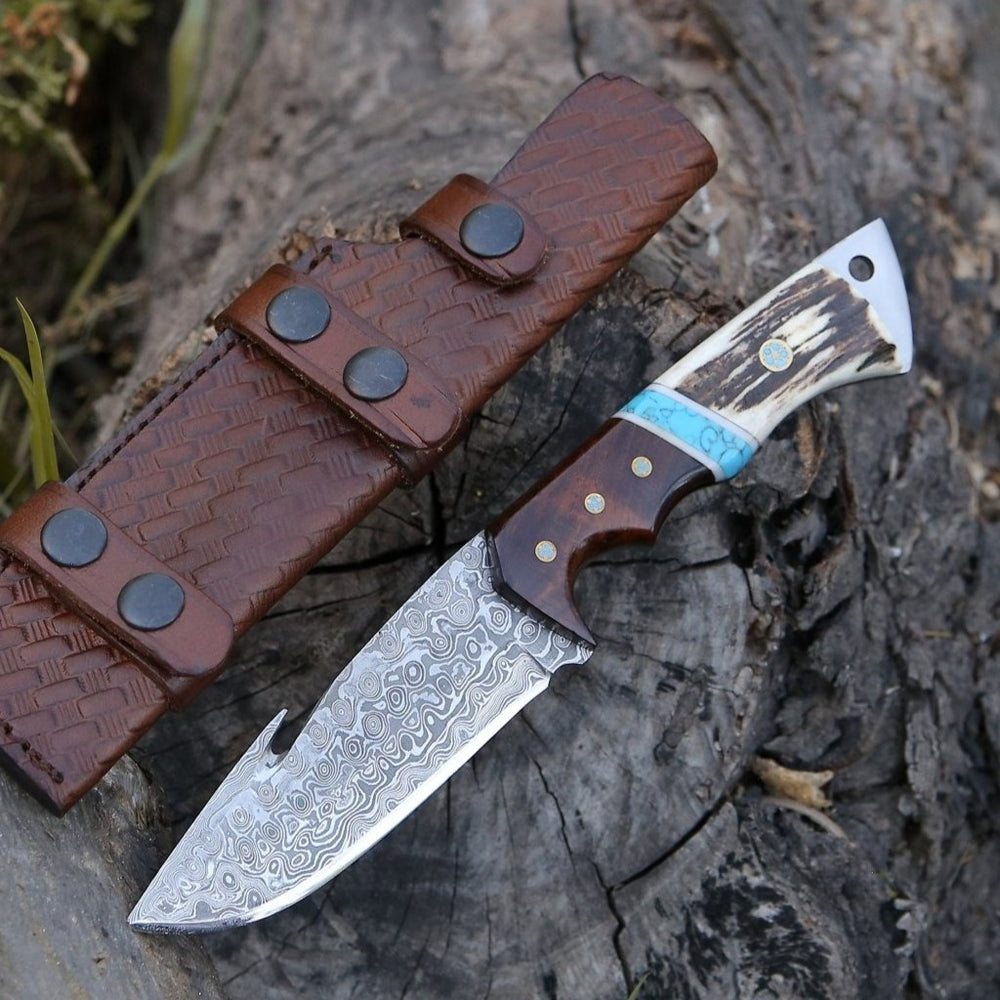
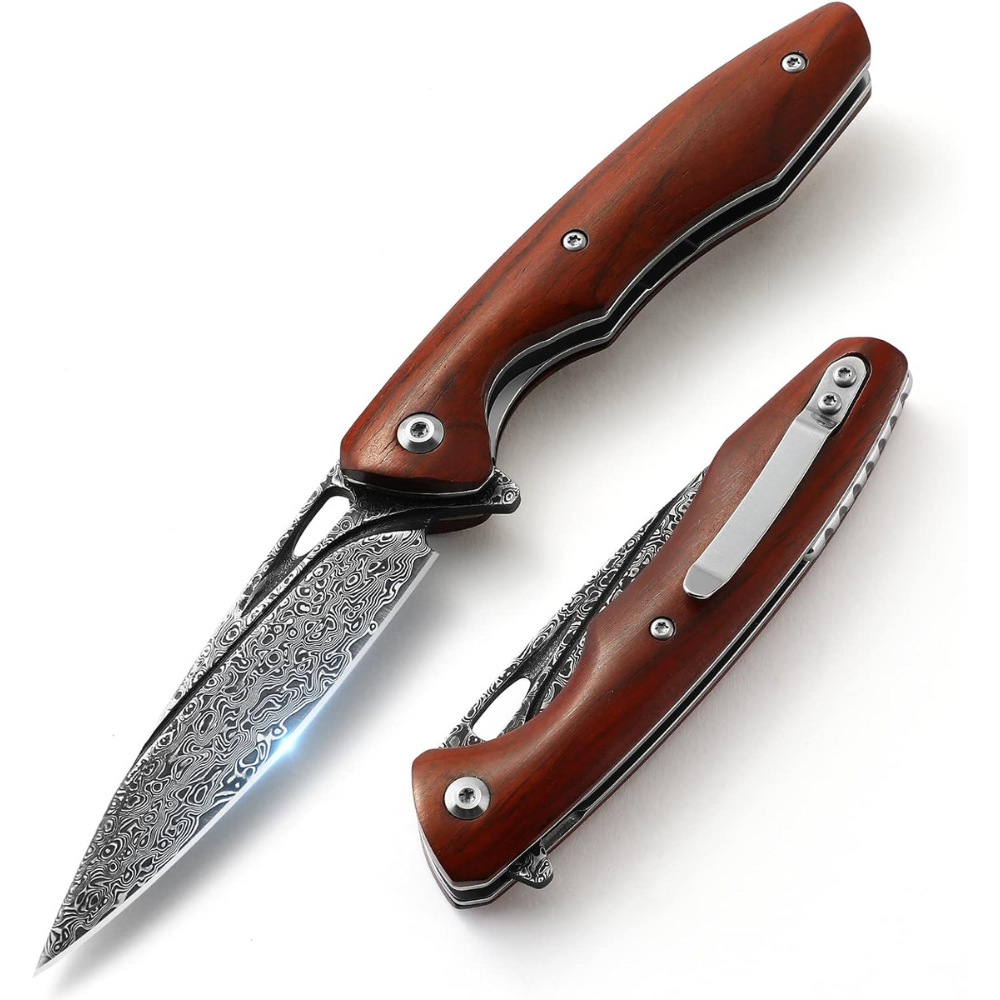
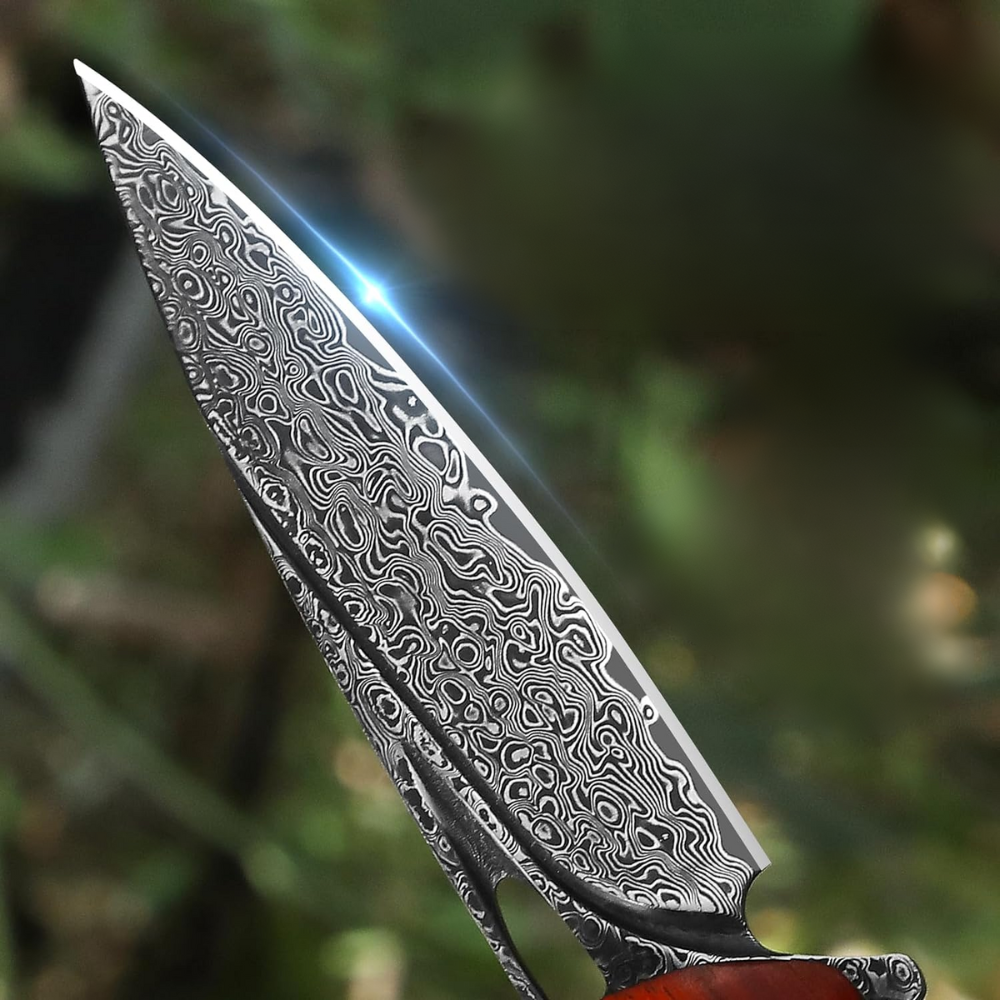
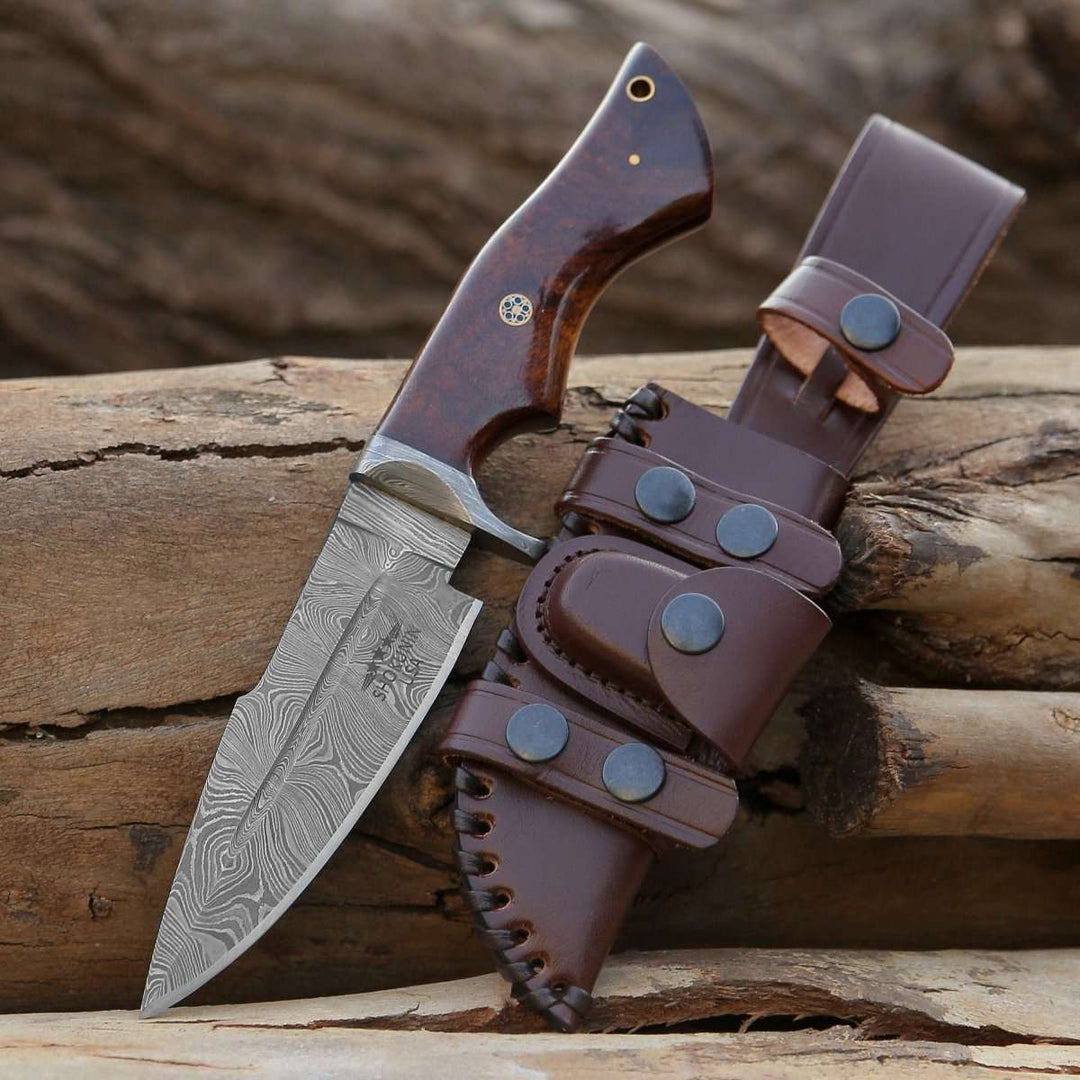
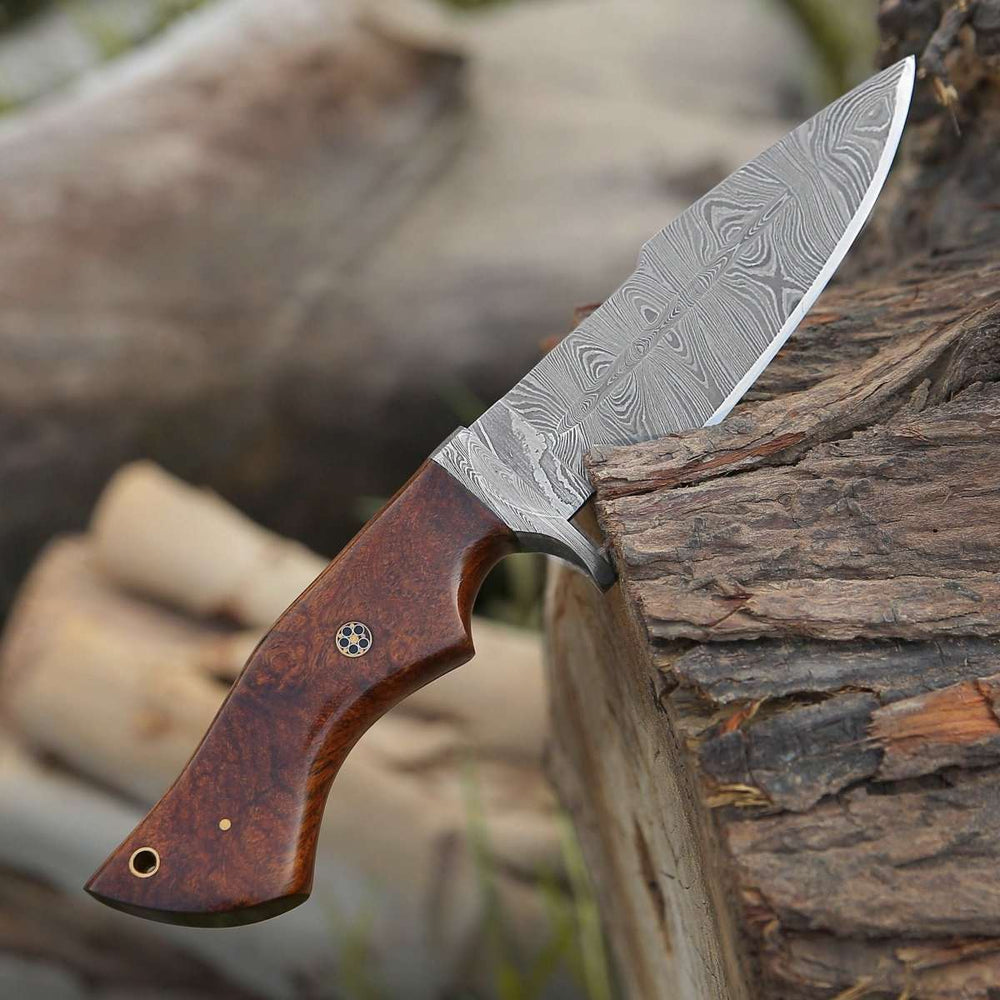
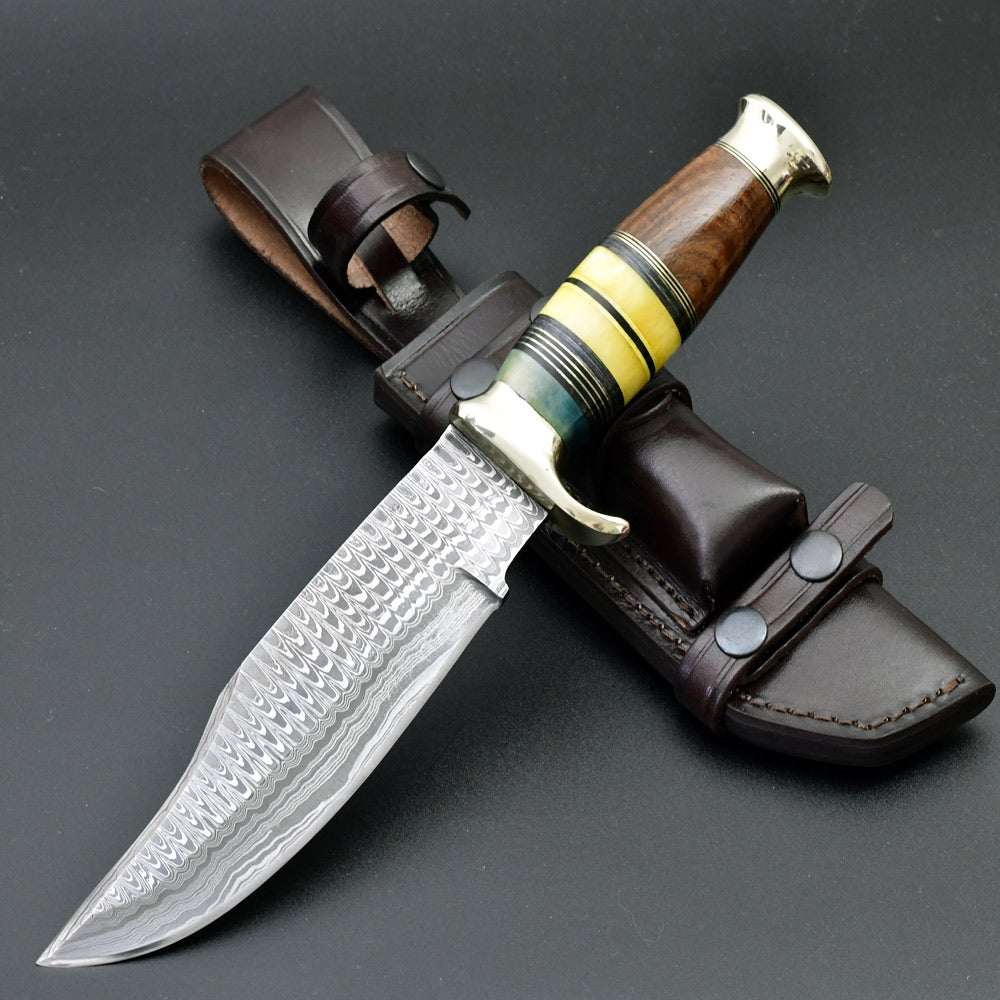
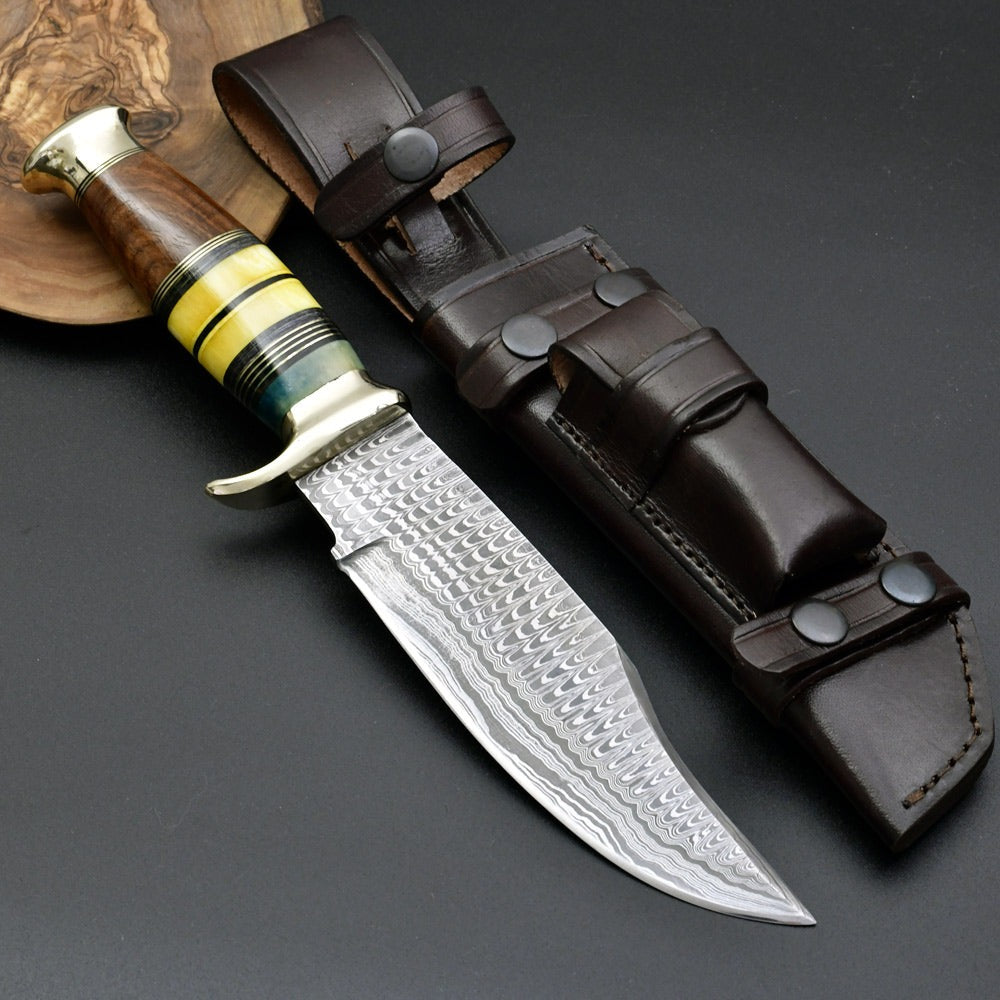
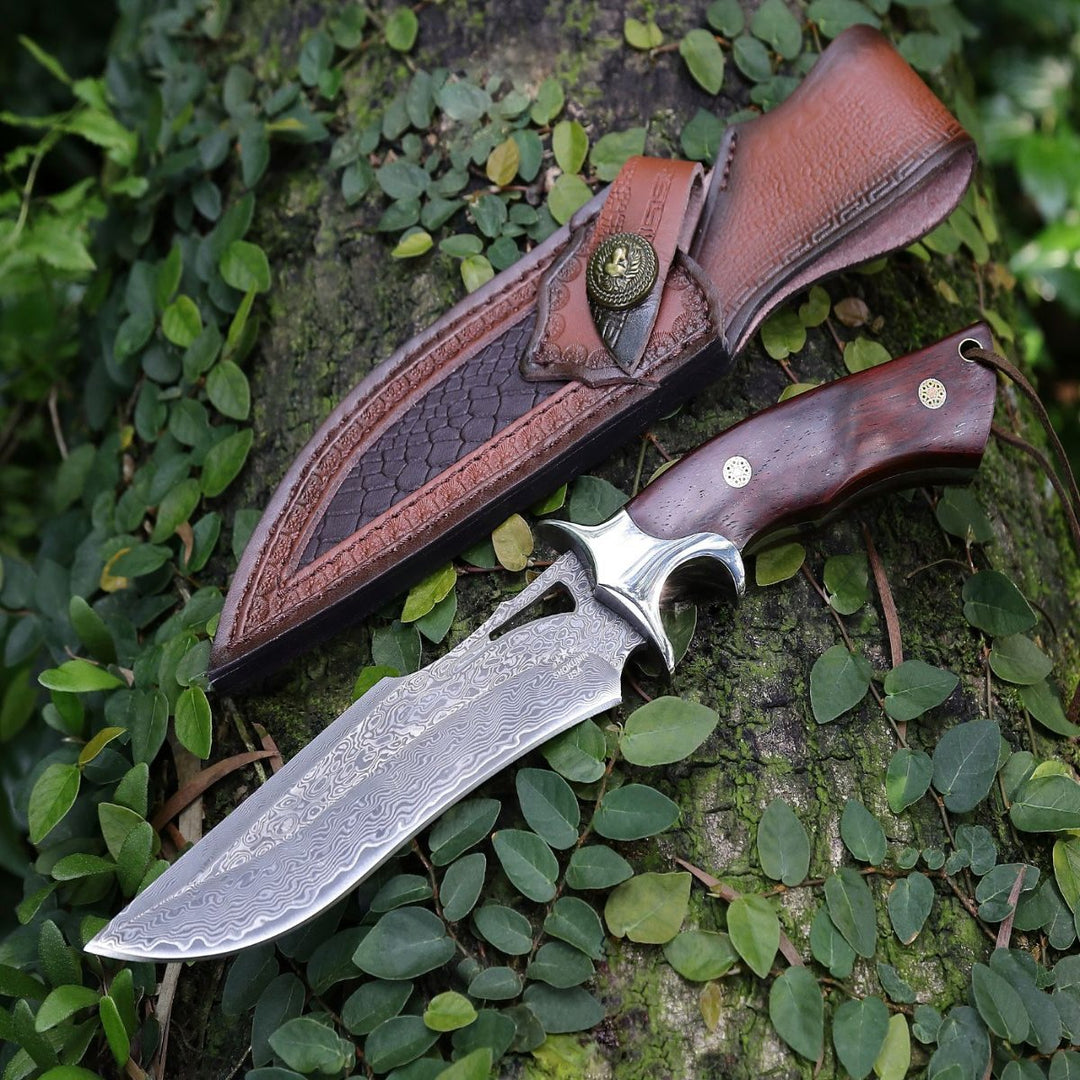
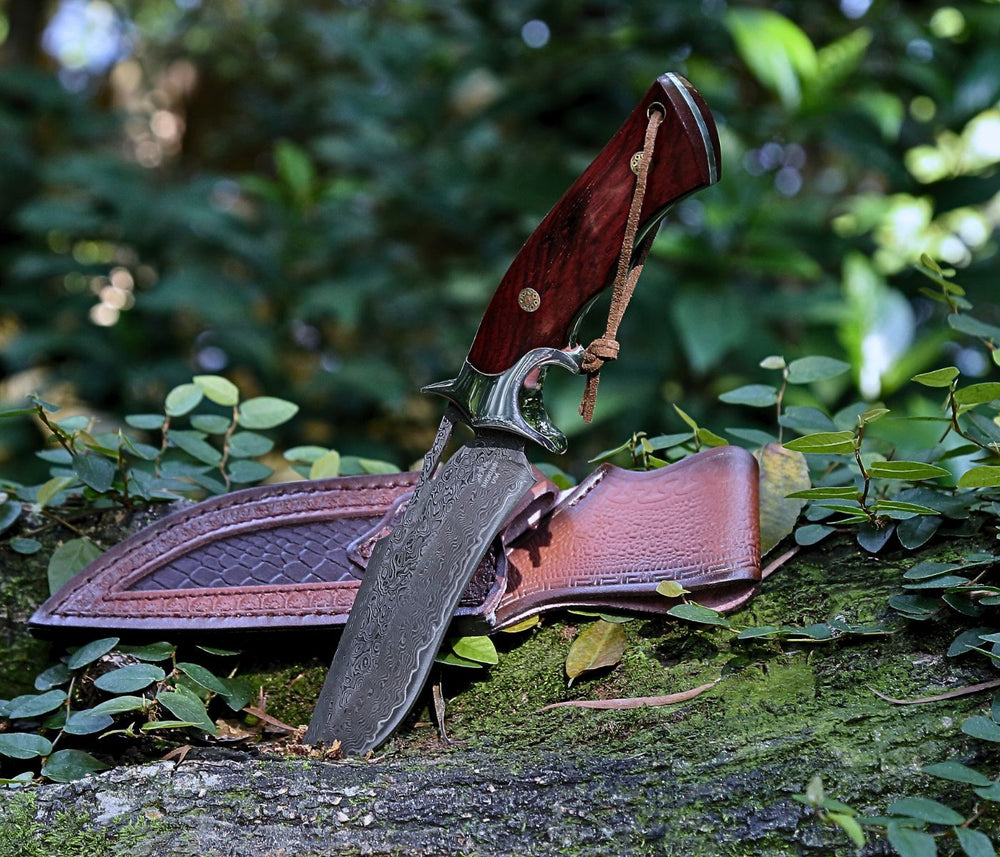
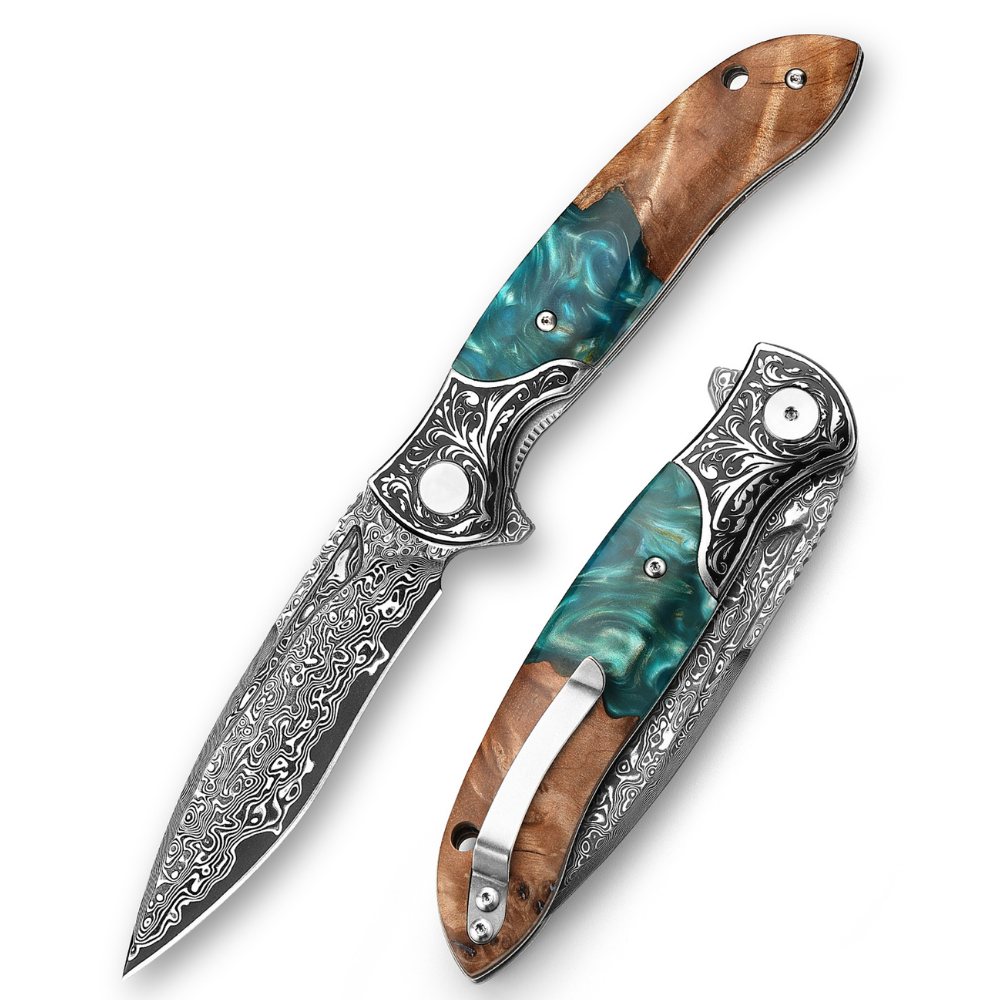
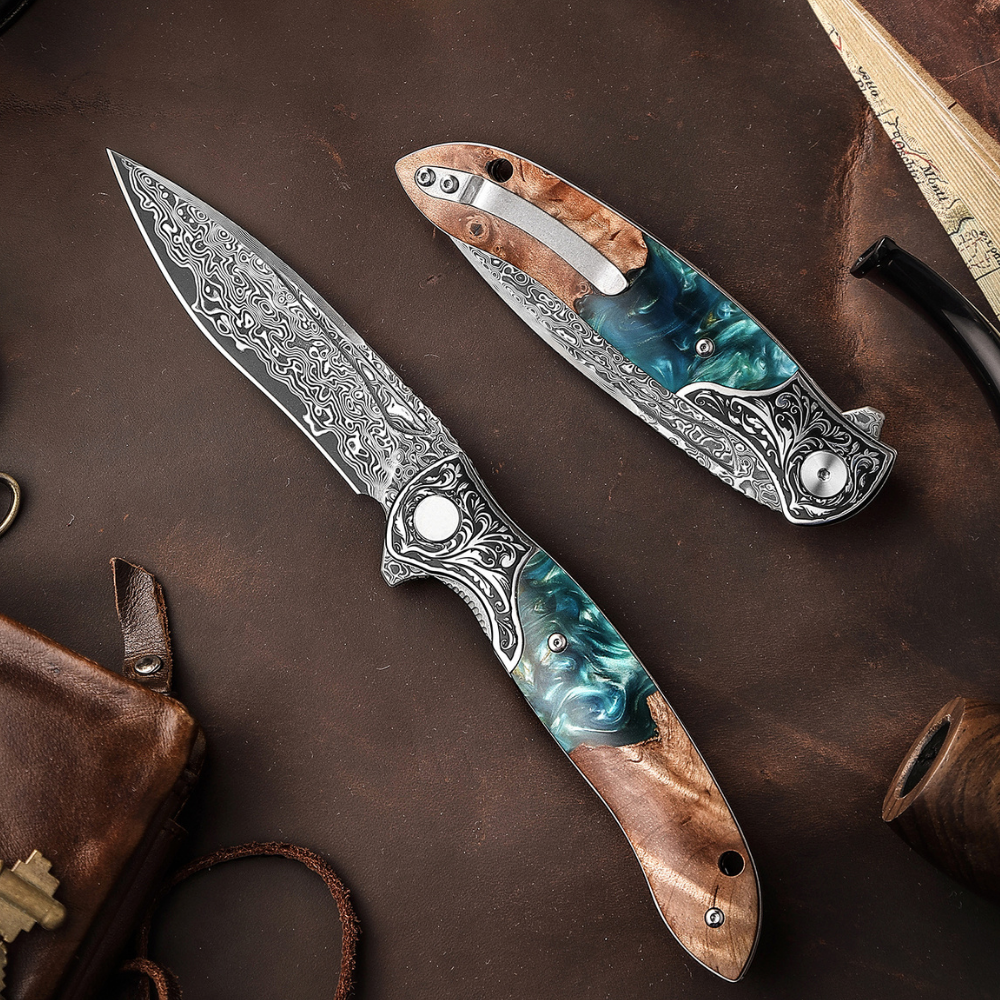
Leave a comment